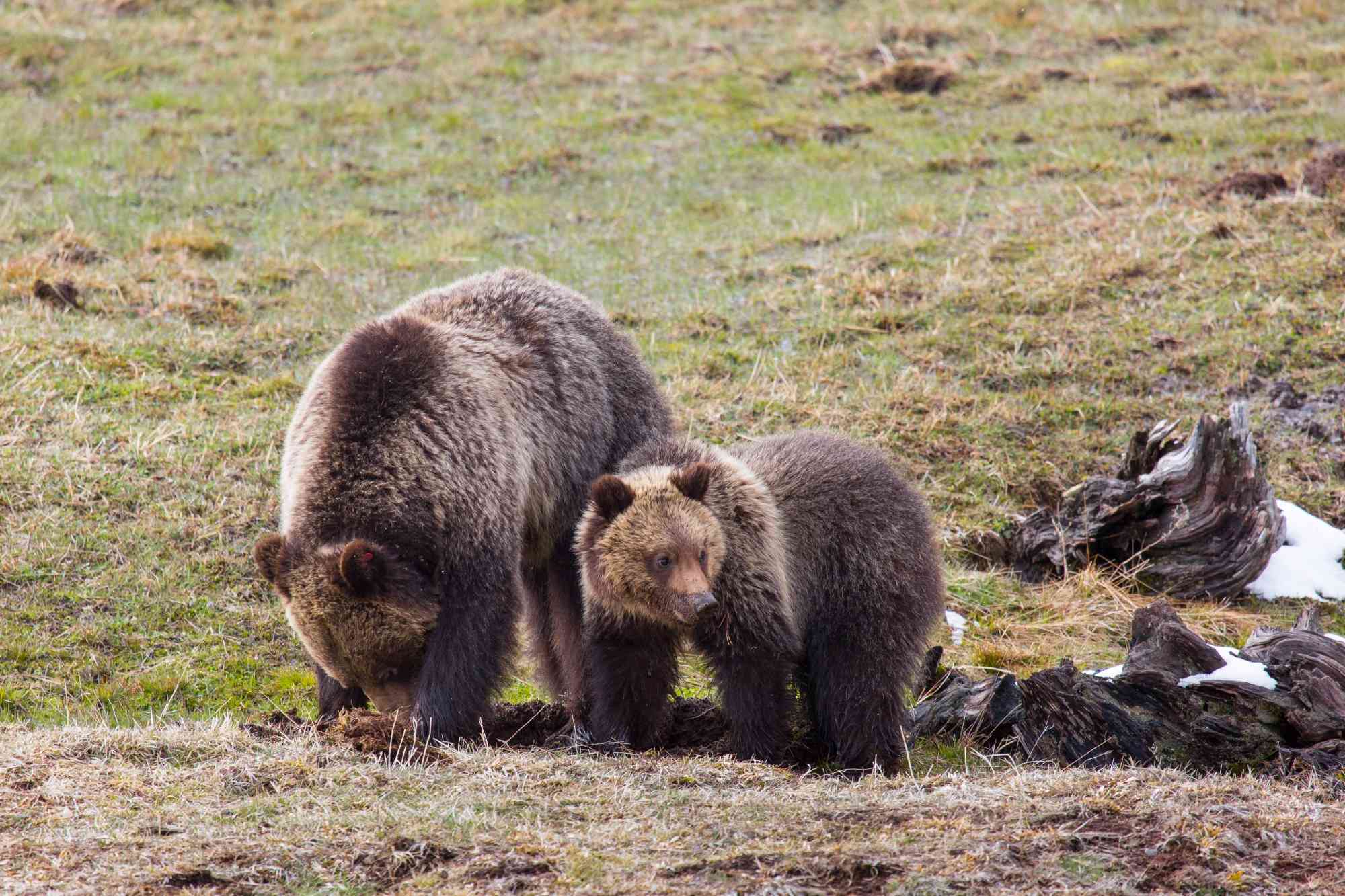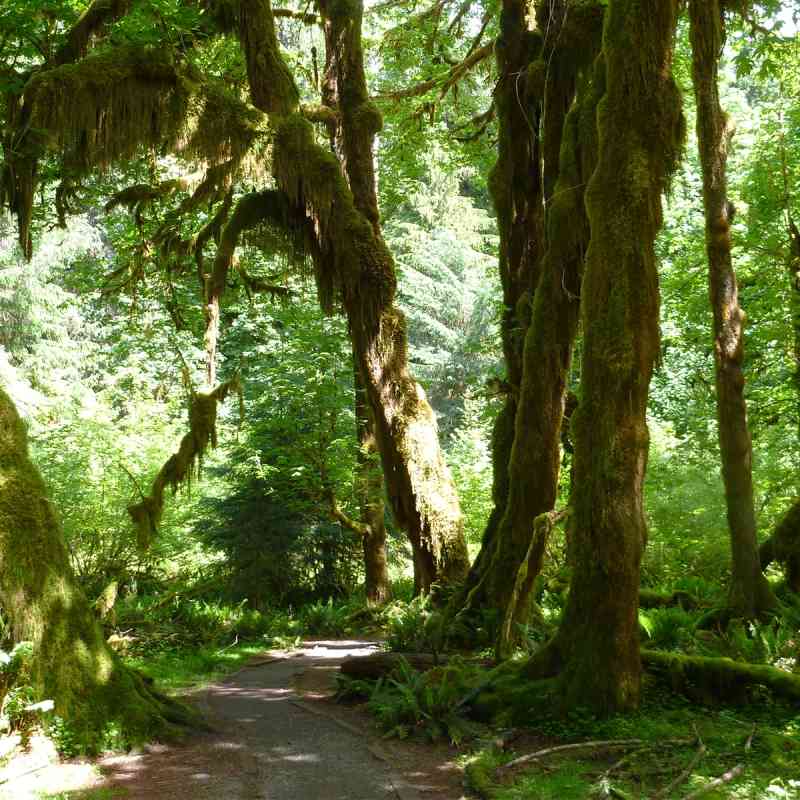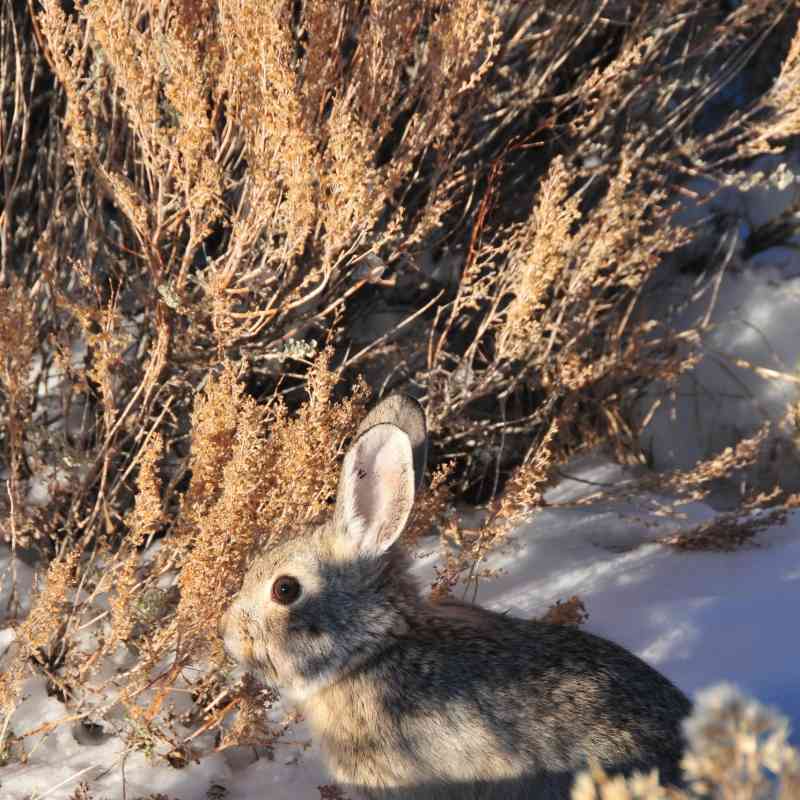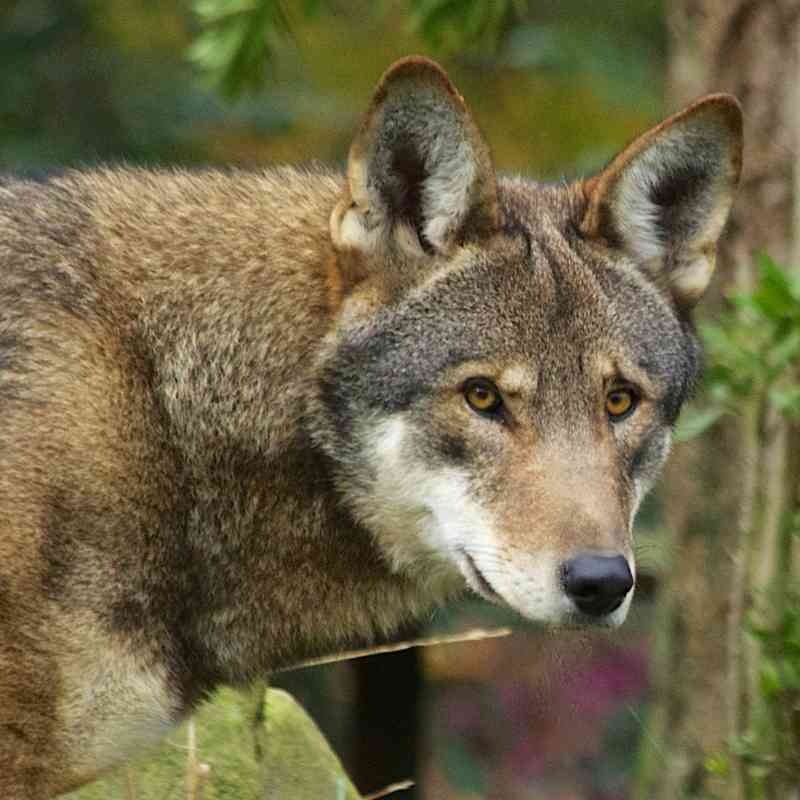Today the U.S. Forest Service announced that it would sign the Record of Decision for the Prince of Wales Landscape Level Analysis project on Saturday, March 16. The project entails widespread old-growth clearcutting on the largest island in our nation’s largest forest. In 2016, the USFS committed to a transition out of old-growth logging and away from uneconomical and destructive timber sales like this proposal.
Defenders of Wildlife Senior Alaska Representative, Patrick Lavin, issued the following statement:
"The U.S. Forest Service committed to transition away from logging old-growth on the Tongass three years ago because there is no future in clearcutting these magnificent forests. But today the Forest Service announced the largest old-growth logging project in decades, doubling down on the U.S. taxpayer-subsidized destruction of rare ancient forest habitat on Prince of Wales Island.
“Liquidating valuable forest habitat and exporting the logs to Asia won’t create many jobs but will threaten wildlife such as the Alexander Archipelago wolf, Sitka black-tailed deer, northern flying squirrel and many other old-growth dependent species. It will also threaten the region’s real economic drivers, which are fishing, recreation and tourism.“
Background:
Prince of Wales Landscape Level Analysis Project
- The Forest Service is proposing to cut 200 million board feet of old-growth forest - the largest old-growth sale on the Tongass in decades.
- The sale dwarfs any project on the Tongass since the 1990s when the Ketchikan pulp mill was still in operation under a 50-year timber contract.
- The sale is located in an area of the Tongass that has already experienced habitat loss from past logging – Alexander Archipelago wolves and their primary prey, Sitka black-tailed deer, are both jeopardized.
- The Tongass supports vibrant sustainable fishing, recreation and tourism industries that are now the primary economic drivers in southeast Alaska after government employment, providing 25% of the region’s jobs and economic activity. In contrast, the timber industry provides less than 1% of the region’s jobs and earnings. The timber industry has long struggled to make ends meet on the Tongass, costing taxpayers more than $130 million from 2009–2013 alone as timber sale receipts consistently fell far short of U.S. Forest Service expenses.
The Tongass National Forest -- American's Rainforest
- The Tongass National Forest encompasses almost 17 million acres of wild forest in southeast Alaska.
- It is the largest intact temperate rainforest on the continent.
- The low-elevation, large old-growth trees—some more than 800 years old—provide important fish and wildlife habitat.
- However, large-tree, old-growth forest only constitutes 4 percent of the forest and about half of that prime habitat has already been lost to destructive clearcutting.
- The forest is home to five species of salmon, brown and black bears, bald eagles, wolves, mountain goats and Sitka black-tailed deer. Migratory birds that come from all over the continent spend the summer nesting and breeding in the Tongass. Off the coast, there are orca and humpback whales, sea lions, seals and sea otters.
Defenders of Wildlife is celebrating 75 years of protecting all native animals and plants in their natural communities. With a nationwide network of nearly 2.2 million members and activists, Defenders of Wildlife is a leading advocate for innovative solutions to safeguard our wildlife heritage for generations to come. For more information, visit defenders.org/newsroom and follow us on Twitter @Defenders.



